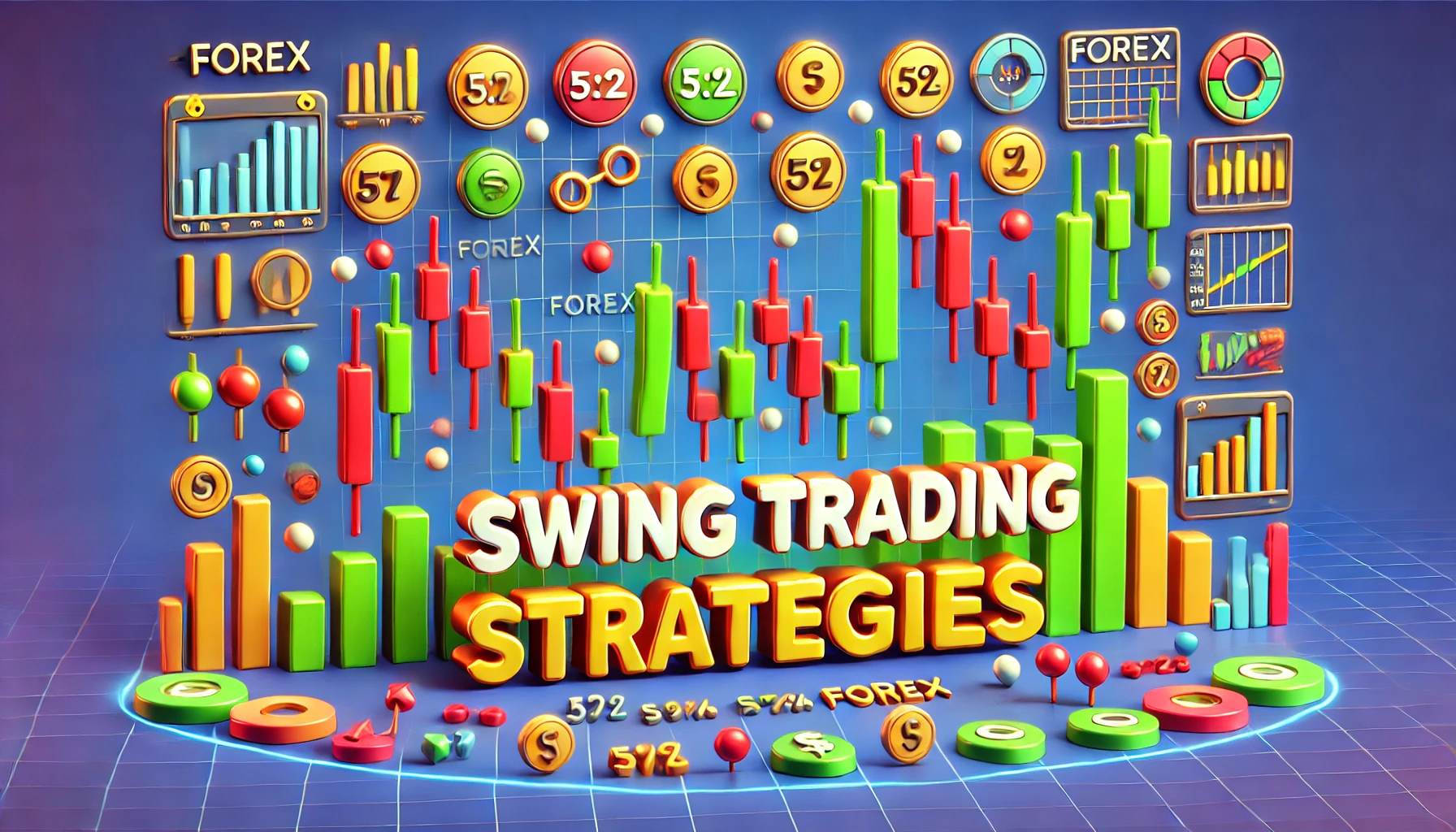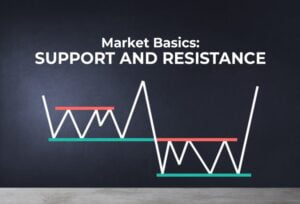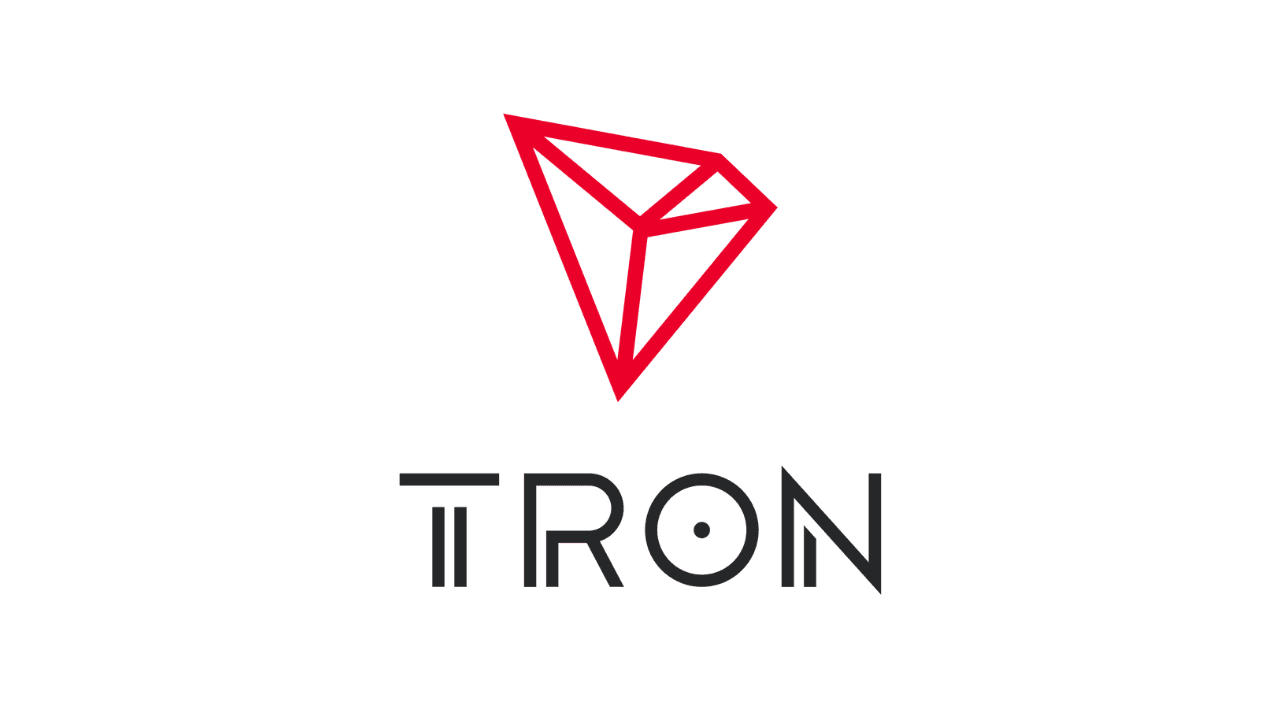With the rise of intuitive technology-based platforms, financial trading has never been more efficient and user-friendly. Among the myriad trading styles that have emerged—be it day trading, position trading, or scalping—the attraction of swing trading stands distinct. It is often hailed as the sweet spot between the rapid-fire world of day trading and the patient realm of long-term investments—offers a unique trading approach tailored for those who crave both action and strategy.
In this article, we will discuss what is swing trading and highlight effective swing trading strategies to consistently achieve stable gains.
Table of Contents
ToggleWhat is swing trading?
Swing trading is a popular and strategic approach in the financial markets where participants aim to capitalize on medium-term price fluctuations.
Here’s a breakdown for further clarification:
Duration: The duration of a swing trade distinguishes it from other trading strategies. While day traders close out their positions by the end of each trading day, and long-term traders might hold assets for months or even years, swing traders operate in a middle ground. Their trades typically last anywhere from a few days to a few weeks.
Objective: The primary goal of swing traders is to identify and take advantage of multi-day chart patterns. By doing so, they hope to capture bigger price movements or “swings” than what might occur within a single trading day. These price swings offer the potential for significant profits if accurately anticipated.
Appeal of swing trading: One of the main attractions of swing trading is its balance. It offers traders the possibility to engage in active trading without the intense, minute-to-minute focus demanded by day trading. At the same time, it does not require the patience or long-term commitment associated with buy-and-hold strategies. This middle-of-the-road approach makes swing trading an appealing option for many, providing a harmonious blend of frequency and manageable time commitment.
Before exploring the top three swing trading strategies, it’s important to note that using larger timeframes is recommended for swing trading. In this way, you can gain a clearer and more comprehensive view of the market’s direction.
1. Trend trading strategy
One straightforward strategy tailored for those starting in swing trading is trend trading.
It is vital to note that markets often move in trends, extending numerous opportunities to market participants. As part of a trend, prices exhibit zigzag patterns, creating step-like progressions.
Identifying the Trend:
- An uptrend is characterized by the market creating higher highs and higher lows, indicating a general movement upwards.
- A downtrend is evident when the market sets lower lows and lower highs, showcasing a descending direction.
To pinpoint these trends, swing traders can deploy technical analysis tools. Popular choices include moving averages and trend lines, which help delineate whether an asset’s price is on an upward climb, taking a downturn, or moving sideways.
Once the overarching trend becomes apparent, the next step is to trade in its direction, capitalizing on the presumption that the trend will sustain. Here is how:
In an uptrend: Traders leveraging the trend trading approach would scout for chances to go long. This often means purchasing on pullbacks, where the price momentarily drops to the trend line before resuming its climb.
In a downtrend: Traders focus on pinpointing opportunities for going short, anticipating further price declines. This usually entails buying when there’s a pullback, as the price momentarily touches the trend line before moving downward again.
2. Price action trading strategy
Price action strategy revolves around the analysis of pure price movements. Traders analyze various chart patterns to decipher potential market movements and opportunities.
1. Reversal Patterns:
Once a potential reversal point becomes apparent, traders generally position their trades in the anticipated direction, foreseeing the price momentum to follow suit. For instance, after a prolonged downtrend, if an asset manifests signs of an impending reversal, like an inverted head and shoulders (H&S) pattern, traders employing this strategy would seek opportunities to go long.
Reversal trades hinge on identifying reversal patterns like triple tops/bottoms and head & shoulders.
On the flip side, following a sustained uptrend, if signs such as a straight H&S pattern appear, indicating a potential bearish reversal, traders might scout for chances to go short.
2. Breakout Trading:
Breakout trading centers on pinpointing prospective surges in the price action of a financial instrument, transcending its previously established resistance or support. Traders utilizing this strategy aim to harness the momentum generated by these breakouts, entering trades aligned with the breakout’s direction.
3. Continuation Patterns:
Continuation patterns, such as pennants or flags, indicate that the existing trend is likely to persist post a brief consolidation. Recognizing these patterns can unveil multiple trade openings for swing traders, allowing them to continue capitalizing on the prevailing trend.
Overall, price action trading equips swing traders with tools to detect reversal, breakout, and continuation patterns effectively, ensuring they are well-positioned to seize emerging trade opportunities.
3. Fibonacci retracement strategy
Fibonacci retracement is another popular trading strategy among swing traders, grounded in both historical and mathematical principles.
The essence of the Fibonacci retracement strategy lies in the belief that after a pronounced price movement—be it an uptrend or downtrend—an asset typically retraces a calculable portion of this movement before reverting to its original trend. The Fibonacci levels are derived from the Fibonacci sequence—a renowned sequence of numbers in which each number is the sum of the two preceding ones.
For the strategy’s application, traders begin by pinpointing a distinct price movement in the market. Once identified, they overlay the Fibonacci retracement levels onto this movement, from one peak to the other. These levels, in turn, serve as probable support or resistance points, signifying where the price might alter its course. Among the array of Fibonacci retracement levels, 38.2%, 50%, and 61.8% are most frequently referenced by traders. These specific percentages indicate potential points where the asset’s price might exhibit a reversal.
If, for instance, an asset has showcased a downtrend and subsequently retraces to the 61.8% level, traders might interpret this as an opportune moment to go short—anticipating that the asset’s price will reconvene its descending trajectory.
Bottom line
Swing trading stands as a prominent strategy in the financial world, striking a balance between short-term and long-term approaches. One of its core advantages is the relatively less burdensome time commitment in market monitoring compared to shorter time frame trading styles, such as intraday trading or scalping. Furthermore, integrating swing trading into one’s portfolio can offer diversification of results and potentially bolster profits.
Nevertheless, it is crucial to note that this technique is not a one-size-fits-all. Not every trader is suited to the nuances of swing trading. Hence, before diving in, it is essential to hone one’s skills and understand the strategy’s intricacies using a practice account. Above all, irrespective of the trading style adopted, prioritizing risk management is crucial to safeguard your investments against unforeseen market fluctuations.
Read more:
https://thetradingbay.com/top-5-minute-forex-scalping-strategies-for-starters













